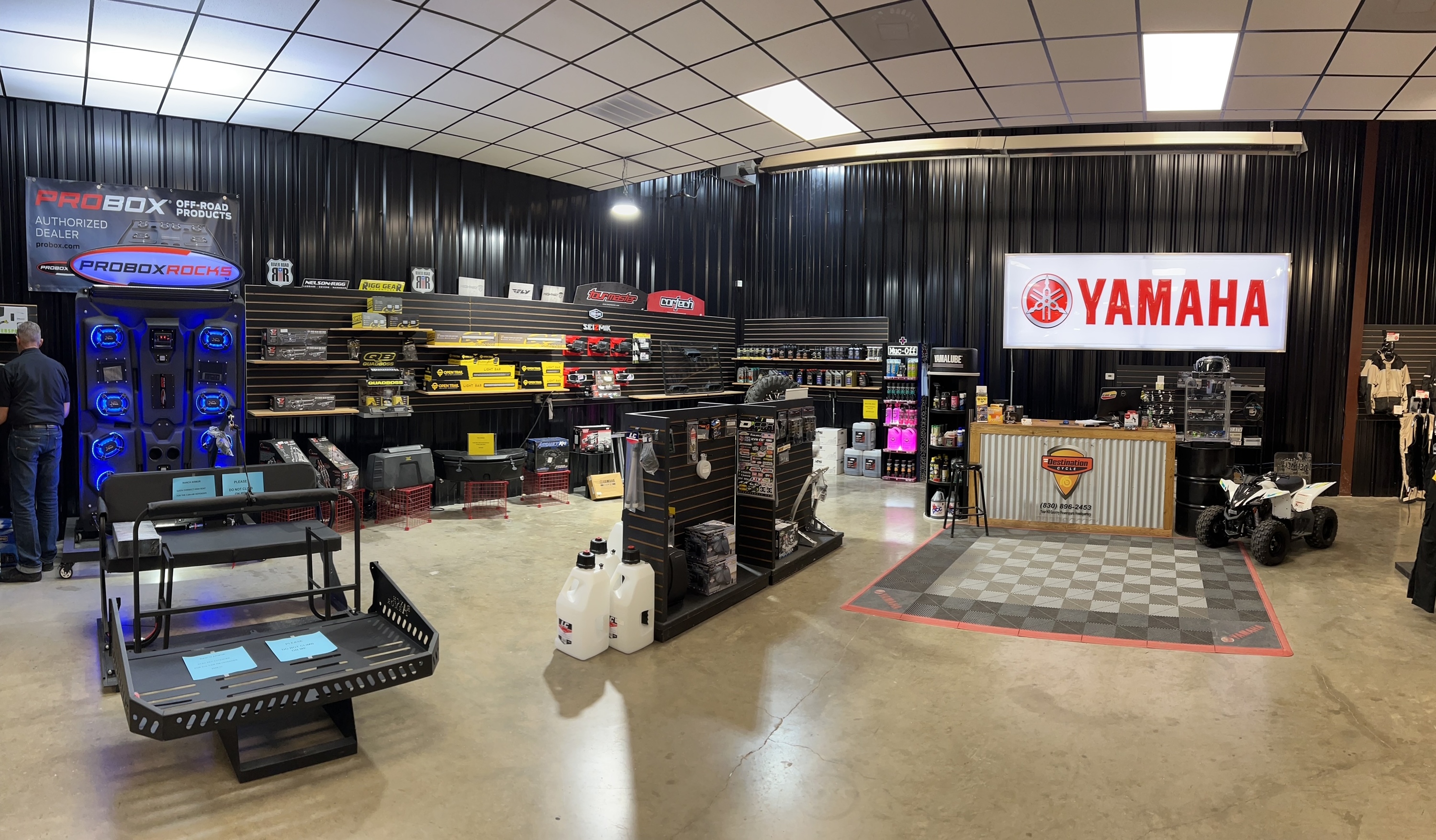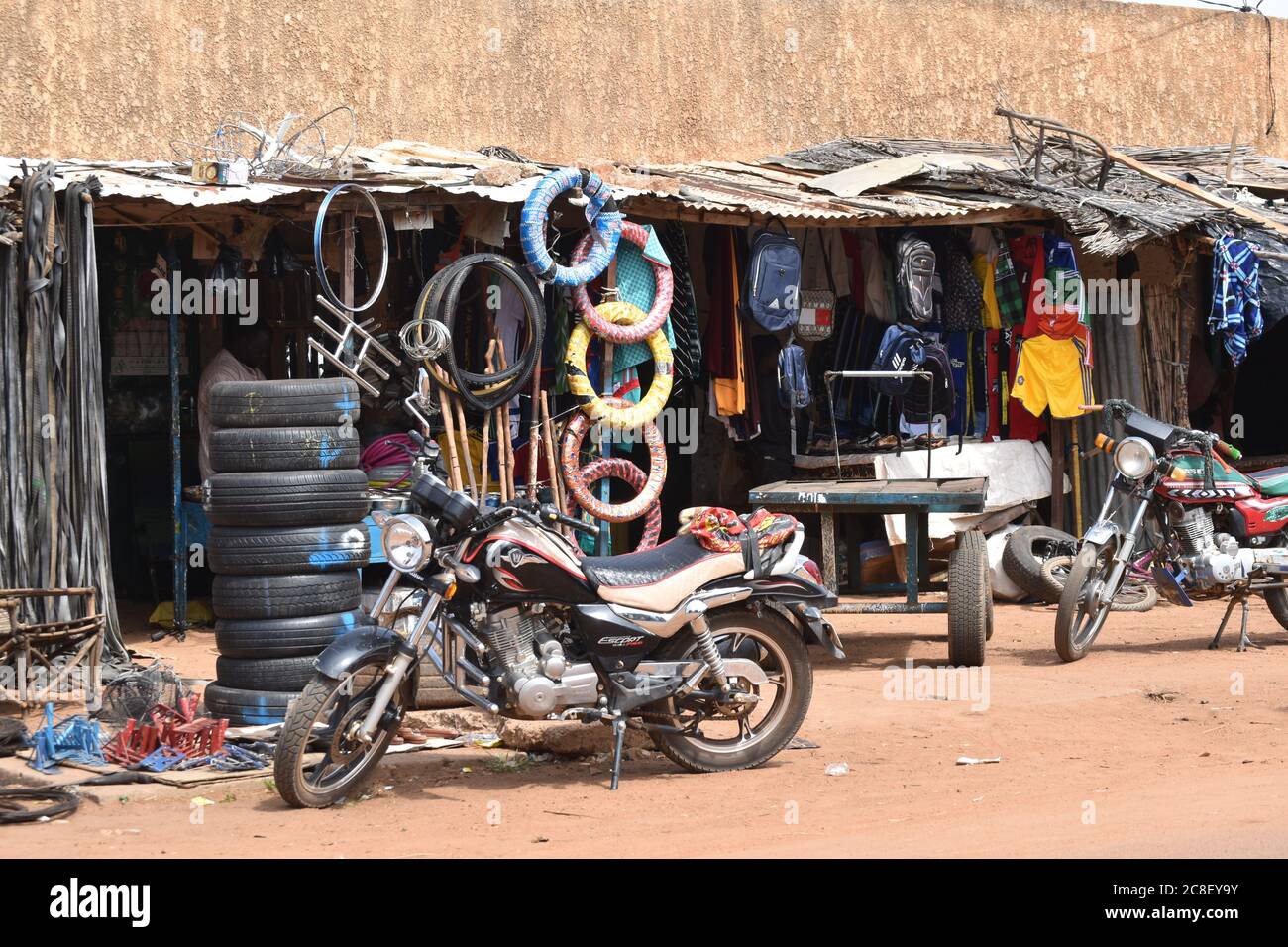Must-Have Motocross Gear: Elevate Your Riding Experience Today
Must-Have Motocross Gear: Elevate Your Riding Experience Today
Blog Article
Understanding Motorcycle Gears: Exactly How to Maximize Your Riding Experience
In the realm of motorcycling, understanding the art of equipment manipulation is critical for boosting your riding efficiency. Properly recognizing and making use of motorbike equipments can significantly influence gas, control, and acceleration effectiveness, transforming a typical ride into a seamless, exciting journey. By incorporating precise change timing and adjusting equipment option to numerous roadway problems, cyclists can ensure optimum engine efficiency and safety. The subtleties of clutch control, throttle sychronisation, and gear auto mechanics beckon a much deeper expedition, assuring to open the complete capacity of your maker. How can these techniques be utilized to really maximize your riding experience?
Understanding Equipment Mechanics
At the core of motorbike dynamics, equipment mechanics play a pivotal role in transforming engine power right into motion, inevitably dictating rate and control. The equipment ratios, very carefully made, establish the relationship in between engine revolutions and wheel turns, impacting acceleration and gas efficiency.
Comprehending equipment technicians begins with identifying the importance of the gearbox, which houses multiple gears of differing sizes. These gears connect with a procedure understood as meshing, where teeth of various equipments engage to transmit power.
Furthermore, the idea of gear changing is important to taking full advantage of performance. Timely and smooth shifts guarantee that the engine operates within its optimal power band, stopping unneeded stress and improving longevity (moto parts nz). By understanding these mechanical ins and outs, bikers can achieve an unified blend of efficiency, control, and power, raising their riding experience
Timing Your Changes
Shift timing mastery is vital for maximizing motorbike efficiency and boosting the riding experience. Appropriately timed changes ensure that the engine operates within its ideal power band, which is essential for keeping control, accomplishing smooth acceleration, and guaranteeing the durability of the motorbike. Bikers have to create an instinctive sense of when to change gears, which entails comprehending the connection between engine transformations per minute (RPM) and speed.
To master change timing, pay very close attention to the engine's sound and really feel, as these supply vital clues concerning when to alter equipments. The ideal change point generally happens when the engine comes close to the top series of its power band without getting to the redline. Shifting prematurely can result in an absence of power, while moving far too late may trigger unnecessary engine pressure
Additionally, roadway conditions and riding design influence shift timing. In contrast, during freeway riding, fewer shifts at greater speeds can be much more ideal.
Enhancing Fuel Effectiveness
While understanding motorcycle gears is important for efficiency, improving fuel efficiency is just as essential for both ecological and financial factors. Ideal fuel intake not only minimizes operational expenses but also minimizes the eco-friendly footprint of riding. To accomplish this, one should understand the complex connection between gear option and engine efficiency.
Riding in a higher gear at reduced rates can lead to engine lugging, which is harmful to both gas economic climate and engine health and wellness. Conversely, riding in lower equipments at high rates results in unnecessary fuel consumption.
Additionally, routine maintenance plays a critical function in gas performance. Ensuring that the motorbike is well-tuned, with tidy air filters and appropriately blew up tires, can enhance the rules of aerodynamics and decrease fuel wastefulness. Taking on a riding style that welcomes gradual velocity and smooth deceleration can add to better fuel economic climate.

Techniques for Smooth Transitions
Accomplishing smooth equipment transitions is fundamental to enhancing the riding experience and ensuring the long life of a motorcycle's transmission system. Proper equipment changing not just contributes to a smooth trip however also minimizes deterioration on the mechanical parts. To understand the art of smooth shifts, riders need to focus on a couple of crucial strategies.

Second of all, clutch control plays a pivotal duty. Involving and disengaging the clutch efficiently requires practice. The clutch bar must be launched gradually, permitting a smooth transfer of power from the engine to the wheels without causing a jolt or abrupt motion.

Adapting to Road Problems
Navigating diverse road conditions is a critical skill for any motorcyclist intending to keep control and safety. Whether you're riding on damp surface areas, gravel roadways, or navigating doglegs, your capability to adapt your gear use and riding strategy is vital. Comprehending how to change your equipments suitably can considerably affect grip and security, making certain a safer journey.
In contrast, when riding on crushed rock or unequal terrain, reduced gears are more suitable. Lower gears supply much better control and allow you to react more swiftly to unforeseen modifications in the road surface.
Sharp contours demand exact gear management to balance rate and other control. Downshifting before getting in a contour can help keep energy while making certain the motorcycle stays secure throughout the turn. Regular method in diverse conditions boosts your he has a good point capacity to anticipate and react to modifications in roadway structure and slope.
Verdict
Understanding motorbike gears considerably boosts the riding experience by boosting control, acceleration, and gas efficiency. A comprehensive understanding of gear auto mechanics and specific shift timing ensures the engine operates within its optimal power band, while smooth changes with efficient clutch and throttle control boost convenience and efficiency. Adapting equipment choice to different road conditions, such as utilizing greater gears on wet surfaces and reduced gears on gravel, additional improves handling and safety and security. Ultimately, these abilities elevate the total trip.
Recognizing equipment auto mechanics begins with acknowledging the value of the gearbox, which houses several gears of varying sizes. These equipments interact via a process known as meshing, where teeth of various gears engage to transmit power (moto parts nz). Mild modifications to the throttle throughout equipment shifts can avoid jerky movements and keep a consistent riding speed
Whether you're riding on wet surfaces, crushed rock roads, or navigating sharp turns, your ability to adjust your equipment usage and riding method is vital. Adapting gear choice to different road problems, such as utilizing greater equipments on wet surface areas and lower equipments on crushed rock, additional improves handling and safety.
Report this page